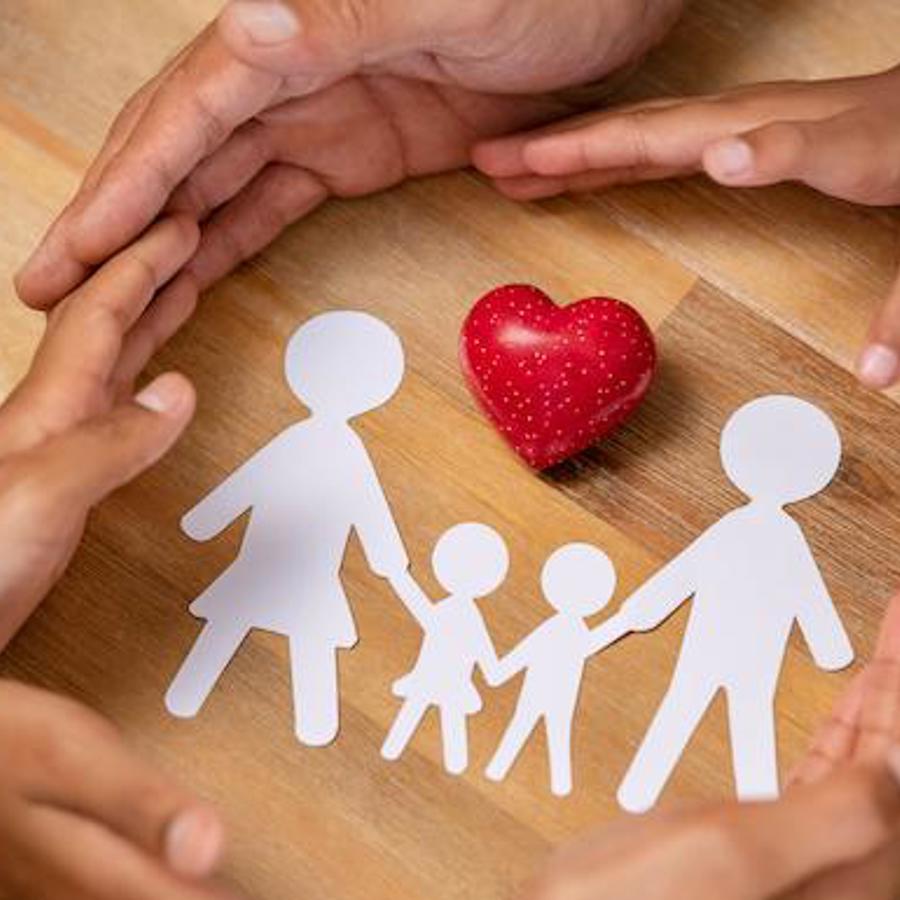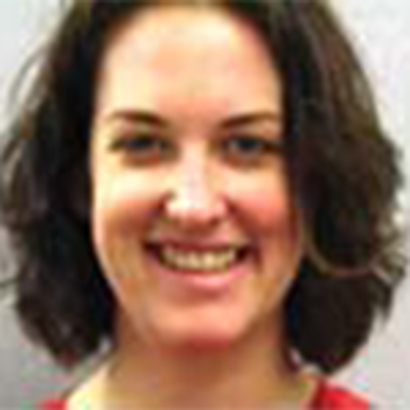
Whose blood do we carry, our mom’s or our dad’s?
November 18, 2004

- Related Topics:
- ABO blood type,
- Blood type,
- Rh factor,
- Punnett squares,
- Classical genetics
A curious adult from Massachusetts asks:
“Whose blood do we carry, our moms or dads? Or it doesn't matter because it could be from either one?”
Well, your blood is definitely all your own--your body produced it. But because of how the genetics of blood type works, it could seem like you have your mom's blood type, your dad's blood type, or a mix of the two.
For every gene, you get two copies -- one from your mom and one from your dad. Even though the two copies are for the same gene, you can get different versions from each parent. These different versions are called alleles.
Now let's talk about the genes for blood type. There are two main genes. One gene is for the ABO blood type. This gene codes for a protein that is on the surface of your blood cells. The different versions or alleles for the blood type protein are called A, B, and O.
The other gene is for another protein on your blood cells called the Rh factor. The alleles are called plus (+) and minus (-).
Your blood type usually doesn’t matter unless you need a blood transfusion. In that case it is very important that you receive blood that is compatible with yours. If you get the wrong type of blood your body will see the transfused blood cells as foreign attackers and will destroy the new blood cells, making you very sick.
The two genes for blood type are inherited separately, so we'll talk about them individually, and then put it all together at the end.
ABO Blood Type
Let's take an example of a mom who has blood type AB, and a dad who has blood type A. You might notice that the mom has two letters in her blood type. This is because she has the two different alleles she got from her parents (A and B). But then why does the dad only have one letter? It's because he either has two A alleles or he has one A allele and one O allele. In either case, his blood only makes the A type protein.
For now we're going to assume that he has one A allele and one O allele, and we're going to write out both alleles when we talk about the possible blood types of their children to make things easier for us.
To figure out what blood type the kids of these two parents can have, we can use a genetics tool called a Punnett square. It's really just a chart that helps us organize alleles of genes. We'll put the mom's alleles across the top, and the dad's alleles down the side:
| A | B | |
| A | ||
| O |
Each box in the chart represents a possible combination of the alleles donated by each parent (each box gets one entry from mom, one entry from dad). We can say what percent chance a child has of having a particular blood type by how many times that blood type shows up in the chart (one out of four is 25%, two out of four is 50%, etc.).
If we fill in the possible mixtures of alleles each kid could get in our example, we get a chart that looks like this:
| A | B | |
| A | AA | AB |
| O | AO | BO |
So the possible blood types are AA, AB, AO, and BO. Like I explained earlier, people with two A alleles (AA) and people with one A allele and one O allele (AO) are both called type A (the same thing goes for type B). So, the kids of these parents have a 50% chance of being what we call type A, a 25% chance of being type B, and a 25% chance of being blood type AB.
Rh Factor
You can do the same with the Rh factor gene. Let's say that the mom was Rh positive (with one + allele and one - allele, though she could also have two + alleles) and the dad is Rh negative (meaning both of his Rh alleles are -).
| + | - | |
| - | +/- | -/- |
| - | +/- | -/- |
There are two possibilities for the Rh-status of the kids. They have a 50% chance of being Rh positive (+/-) and a 50% chance of being Rh negative (-/-).
Let's put it all together. The mom was blood type AB+, and the father was blood type AO-. A Punnett square for this is shown below.
| A+ | A- | B+ | B- | |
| A- | AA +/- |
AA -/- |
AB +/- |
AB -/- |
| O- | AO +/- |
AO -/- |
BO +/- |
BO -/- |
The possibilities for their child's blood type are. AA+, AA-, AB+, AB-, AO+, AO-, BO+, and BO-. (The Punnett square can also tell us that there is a 1 in 4 chance for either A+ or A-, and a 1 in 8 chance each for AB+, AB-, B+, and B-.)
You can see that two of these, AB+ and AO- (in blue), are exactly like one of the parents. All the others are mixtures of the two.
This is just one of the many examples of how your genes make you similar to your parents, but also unique at the same time.
Universal Donors
I said at the beginning that if you needed a blood transfusion, you would need blood that is compatible with your own. This means that you can receive blood that is the same as your blood type, or you can receive type O- blood. Why is this?
People with O- blood are called universal donors because they can give blood to anyone. The reason is that the O and the - actually mean that their blood cells don't have any versions of either of the two proteins coded for by these genes. So there is nothing for a person's body to see as a foreign attacker. Unfortunately for these people, it also means that their bodies will see all other blood types as foreign attackers and that they can only receive type O- blood.
Is there a universal acceptor blood type? Yes, it is AB+. These people are lucky because their bodies are used to seeing both the A and B versions of the protein, and they are used to seeing the Rh+ factor. So no matter what kind of blood they receive, their bodies won't see it as a foreign attacker. Only about 3% of the population is this lucky.

Author: Erin Cline
When this answer was published in 2004, Erin was a Ph.D. candidate in the Department of Molecular and Cellular Physiology, studying epithelial cell polarity and protein localization in James Nelson’s laboratory. Erin wrote this answer while participating in the Stanford at The Tech program.
 Skip Navigation
Skip Navigation
